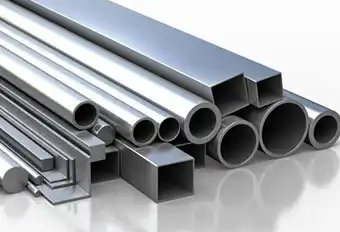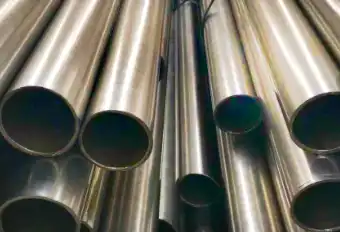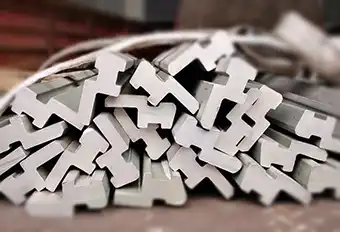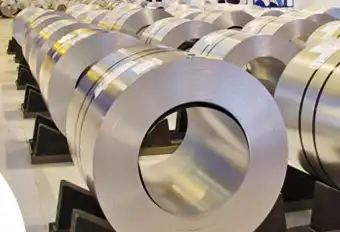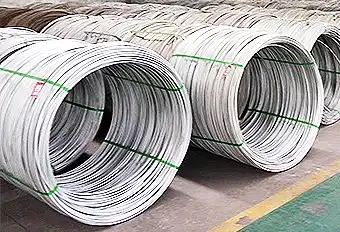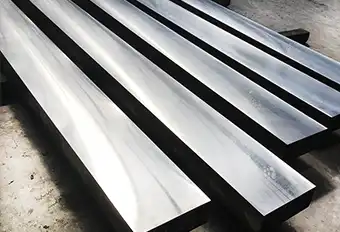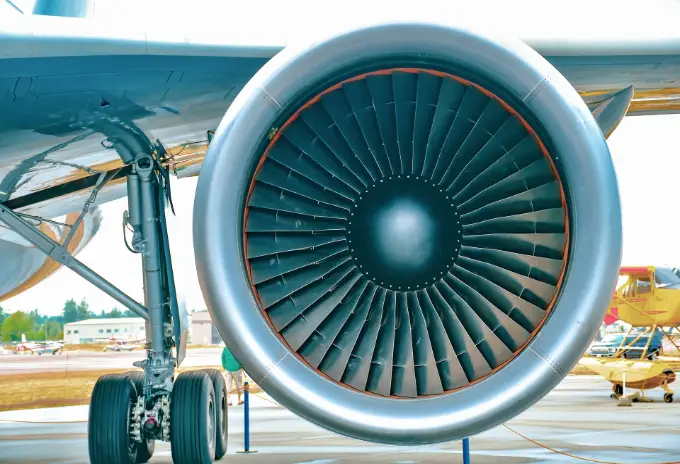As a very high value constituent of quality steels, manganese represents an industrial challenge and a tradeoff must be found between the positive strength and ductility properties and the financial implications of high levels of this element.
Much work has been done to use lower levels of Mn yet still be able to replicate and take advantage of the honed properties which can be attained through careful heat treatment and other technological processes.
High-manganese steel, in which the austenite phase is sufficiently stabilized by the addition of significant amounts of Mn and carbon, is usually referred to as Hadfield steel (e.g., Fe–(10–15)%Mn–(0.9–1.4)%C alloy, wt.%). These types of steel have been used as wear-resistant steels through the years because of their high strain hardenability. The characteristic high strain hardenability of the austenite phase is essentially attributed to both low stacking fault energy and dynamic strain aging. For automotive steel sheets, a specialized high-Mn steel with a moderate amount of Al and Si has been developed, in which the stacking fault energy is controlled so as to form deformation twinning during cold working (e.g., Fe–(15–30)%Mn–Al–Si–C alloy).
This new class of high-Mn steel is called twinning-induced plasticity (TWIP) steel. TWIP steel is characterized by an excellent strength–ductility balance compared with conventional high-strength automotive steel sheets, such as dual-phase steel and low-alloy TRIP steel.
However, there is a serious problem in terms of mass production of this steel: adding a significant amount of Mn markedly raises the costs not only of the raw materials, but also of the production process. For this reason, the Mn content in these types of steel needs to be reduced to an industrially appropriate level. Indeed, medium-Mn steel containing 5–8% Mn has been getting much more attention lately. Since the reduction in the Mn content leads to an increase in the martensite-start temperature Ms, a medium-Mn steel never exhibits an austenitic single-phase structure at ambient temperature.
Therefore, the microstructure of this steel is usually controlled to be a α + γ dual-phase structure by heat treatment in order to concentrate Mn and carbon into the austenite phase. To achieve this, there are two approaches. One is ferrite formation during continuous or isothermal cooling after austenitization (γ→α transformation) and the other is austenite formation during partial reversion after quenching (α’→γ transformation). However, the difference in transformation behavior between both approaches, especially in terms of their kinetics, is unclear.
As mentioned above, one of the new chemical composition strategies to obtain high-strength steels at reasonable plasticity is Mn alloying but to lesser extent than in high-Mn steels. Its content in recently investigated medium-Mn steels covers a range between 3 and 13%, which is enough for retention from 15 to 30% of retained austenite. Heat treatment of medium-Mn steels comprises intercritical annealing after cold rolling or intercritical annealing and isothermal holding of steel at a bainitic transformation range to stabilize a high fraction of retained austenite with the optimal stability against strain-induced martensitic transformation. The thermomechanical processing, microalloying with Nb, Ti, V, reverse martensitic transformation and quenching and partitioning processing are another examples to obtain fine-grained bainite-based complex microstructures containing high amount of austenitic phase.
It is well known that a medium Mn steels have been designed to achieve an excellent combination of strength and ductility based on the TRIP (Transformation Induced Plasticity) concept for automotive applications. In the paper N.Nakada et al. following six passes of hot rolling at 850°C, the Fe-7.9Mn-0.14Si-0.05Al-0.07C (wt.%) steel was warm-rolled at 630°C for seven passes and subsequently air cooled to room temperature. The sample was subsequently intercritically annealed at various temperatures for 30 min to promote the reverse transformation of martensite into austenite. The obtained results show that the highest volume fraction of austenite is 39% for the sample annealed at 600°C. This specimen exhibits a yield stress of 910 MPa and a high ultimate tensile stress of 1600 MPa, with an elongation-to-failure of 0.29 at a strain rate of 1 × 10-3/s.
The enhanced work-hardening ability of the investigated steel is closely related to martensitic transformation and the interaction of dislocations. Especially, the alternate arrangement of acicular ferrite (soft phase) and ultrafine austenite lamellae (50–200 nm, strong and ductile phase) is the key factor contributing to the excellent combination of strength and ductility. On the other hand, the as-warm-rolled sample also exhibits the excellent combination of strength and ductility, with elongation-to-failure much higher than those annealed at temperatures above 630°C.
Figure 1 shows the schematic illustration of steps in rolling and heat treatment processes of medium-manganese steels in N. Nakada work.
Figure 1: Schematic illustration of steps in rolling and heat treatment processes of medium-manganese steels (
a) for the warm-rolled steel; and (
b) for the warm rolled steels heat-treated with intercritical annealing.
The warm rolling was conducted at a relatively high temperature to make the rolling process more easily operable by inhibiting crack/void initiation which is prone in cold rolling. In addition, the reduction of rolling forces with the increase in rolling temperature is also beneficial in prolonging the service life of rollers. To determine the start point of martensitic transformation, cylindrical dilatometric samples with 3 mm-diameter and 10 mm-length were tested with a push-rod L78-RITA dilatometer (Linseis Messgeraete, Selb, Germany). The sample’s temperature is measured by a thermocouple welded to its surface using a precision welder and the jig supplied by the dilatometer manufacturer. The heating and austenitization treatments were carried out under a vacuum of 5 × 10-2 Pa, and the cooling was achieved using argon gas.
As N. Nakada et al. concluded, a medium Mn steel has 39% austenite in its microstructure, and its high ductility originates from the ultra-fine lamellar austenite and acicular ferrite structure, which have been obtained by warm rolling and subsequent intercritical annealing at a temperature of 600°C. Meanwhile, the warm-rolled steel exhibits an ultimate tensile strength (σUTS) of 1670 MPa, high yield strength, and a comparable elongation-to-failure (εf) of 0.24. This result is extremely inspiring in comparison with the traditional three-stage processes including the hot rolling, cold rolling, and the annealing treatments.
The increasing annealing temperature results in decreased ductility due to the increasing martensite volume fraction of the obtained steels. While deformation-induced martensitic transformation of the high volume fraction austenite definitely contributes to the high strength and good ductility, contributions from grain size and morphology have also been estimated. Transformation-induced martensite provides an evolving composite structure with a hard secondary martensite phase within the soft ferrite matrix, while the ultra-fine lamellar microstructures result in a hardening effect following the classical Hall-Petch relationship.


